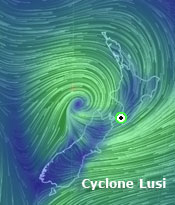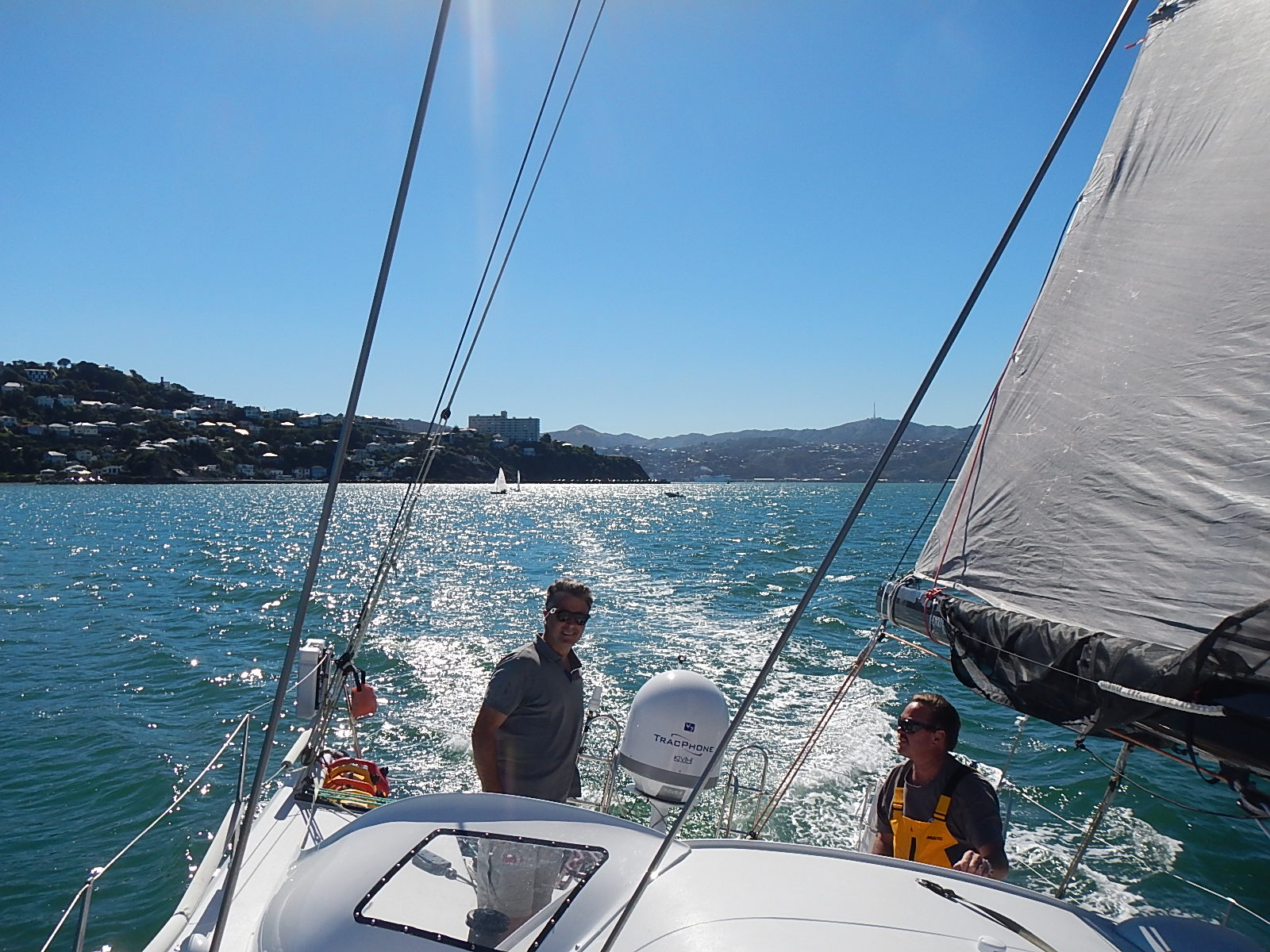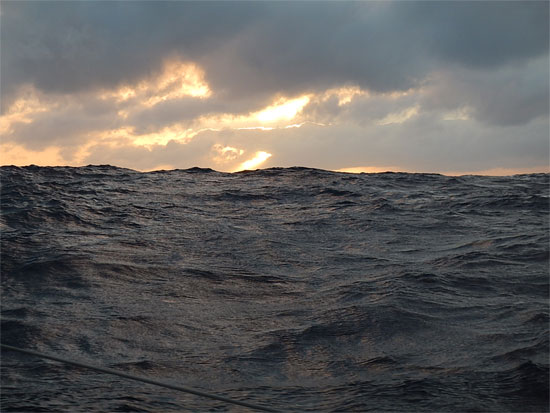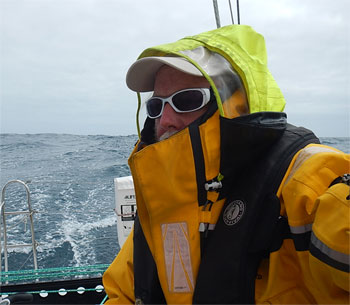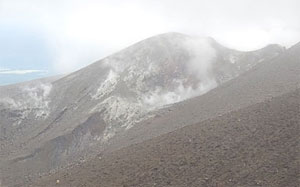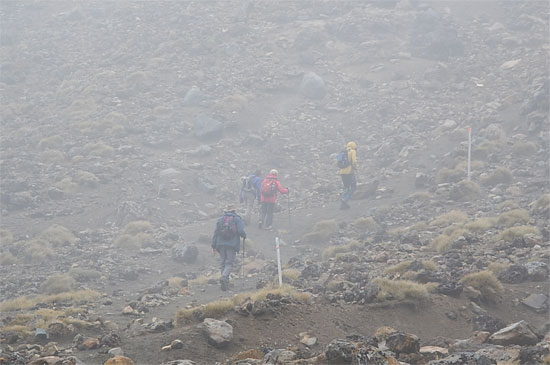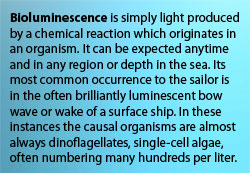Outward Bound… when a ship leaves the security of its harbor, pointed beyond the horizon to lands far away. As I write this, Bodacious Dream sits patiently in Wellington Harbor, New Zealand – both of us ready and looking forward to heading outward bound later this week just as soon as the cyclone east of us settles down and moves away, opening the route to another adventure that will ultimately bring us back into northern waters and home to Jamestown, Rhode Island by the middle of this coming summer.

BoDream harbor-bound in Wellington
 As I prepare to head outward bound once again, I remember an earlier time in my life. The year was 1978 and I was a 20 year old, free-spirited young man. It was summer and I was headed east to Rockland, Maine to attend a 28-day course sponsored by Hurricane Island Outward Bound School (HIOBS) among the rocky islands of Penobscot Bay off the coast of Maine. As I left Chicago on a plane to Boston, I really felt outward bound, pulled away from the comforts of my life, the security of home, the known paths of my hometown of Chesterton, Indiana and off in search of adventure and carrying the hope of getting to know more of the person that I knew was somewhere hidden there inside of me.
As I prepare to head outward bound once again, I remember an earlier time in my life. The year was 1978 and I was a 20 year old, free-spirited young man. It was summer and I was headed east to Rockland, Maine to attend a 28-day course sponsored by Hurricane Island Outward Bound School (HIOBS) among the rocky islands of Penobscot Bay off the coast of Maine. As I left Chicago on a plane to Boston, I really felt outward bound, pulled away from the comforts of my life, the security of home, the known paths of my hometown of Chesterton, Indiana and off in search of adventure and carrying the hope of getting to know more of the person that I knew was somewhere hidden there inside of me.

An Island of Discoverable Treasures
Just as it happens each time I leave harbor aboard Bodacious Dream, within hours my land-based life falls behind me and disappears and my onboard life begins again. So it was that shortly after arriving at the Hurricane Island Outward Bound School, I found myself in a new world – a world full of excitement, challenges, among pine-studded rocky islands and laughing, adventurist comrades.
For 28 days, we bounded along rocky shores and climbed cliffs, ran trails and swam in the cold waters of the bay, sailed open boats beyond the horizon and hauled our personal selves to new levels of confidence, skills and self-reliance. We laughed, got mad, grew very tired and hungry, became cold from the water and warmed by the sun, we ate new foods and pushed ourselves beyond limits we didn’t even know existed, only to then touch new limits even beyond those. We were outward bound in every sense of the word … out beyond our old lives and old limits, out discovering what more of what we were and what more we could be … and give.
 Before I began this circumnavigation journey with Bodacious Dream, I asked the folks at Hurricane Island Outward Bound School if I could place their name on the sides of the boat in honor and respect to the spirit and ethos of the school. Though my dream to sail around the world single handed was born years before I had heard of Outward Bound or ever attended a Hurricane Island course, the experience of learning that I had the ability not only to pursue my dreams, but to accomplish them as well – that grew out of my experiences at the school. It was there that I realized for the first time that there really were no limits that could prevent me from reaching my dreams.
Before I began this circumnavigation journey with Bodacious Dream, I asked the folks at Hurricane Island Outward Bound School if I could place their name on the sides of the boat in honor and respect to the spirit and ethos of the school. Though my dream to sail around the world single handed was born years before I had heard of Outward Bound or ever attended a Hurricane Island course, the experience of learning that I had the ability not only to pursue my dreams, but to accomplish them as well – that grew out of my experiences at the school. It was there that I realized for the first time that there really were no limits that could prevent me from reaching my dreams.
 At some point in our lives, we all find ourselves stalled. Maybe we are young and fresh out of school and haven’t yet found our passion. Maybe we are older and our day-to-day worlds have become stale, or maybe we are just long for new horizons, experiences and change. If you were to ask me what to do about this, my instantaneous response would be to get online, look at the catalog of courses of Hurricane Island Outward Bound School, choose one and sign up – they’re not all 28 days long, some are as short as a week! Trust me … it’s a life changing experience and the stuff you learn will stay with you the rest of your life. It will help to define you, embolden you and set you apart.
At some point in our lives, we all find ourselves stalled. Maybe we are young and fresh out of school and haven’t yet found our passion. Maybe we are older and our day-to-day worlds have become stale, or maybe we are just long for new horizons, experiences and change. If you were to ask me what to do about this, my instantaneous response would be to get online, look at the catalog of courses of Hurricane Island Outward Bound School, choose one and sign up – they’re not all 28 days long, some are as short as a week! Trust me … it’s a life changing experience and the stuff you learn will stay with you the rest of your life. It will help to define you, embolden you and set you apart.
I’ve been lucky enough to learn many interesting and unexpected things throughout my life. I would have to attribute much of that ability to advance towards and embrace such experiences, to lessons I learned about life and myself while at Hurricane Island.
So, as Bodacious Dream and I sit here patiently in Wellington Harbor waiting for the hurricane to pass and to open up another door of experience for us, I hope you will find it fun to remember a time in your life when you too were headed Outward Bound… on a new job, a faraway travel, a new dream or the beginning of a new life. Ah, the memories of a lifetime … the memories that fill the sails of a Bodacious Dream.
– Dave and Bodacious Dream
:: BDX Website :: Email List Sign-Up :: Explorer Guides :: BDX Facebook

